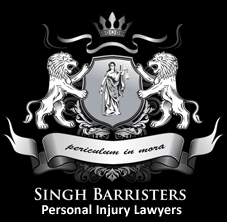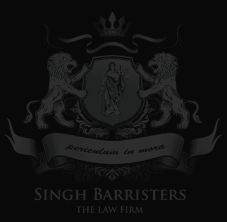Brampton personal injury lawyers emphasize the importance of reviewing one’s auto insurance benefits regularly from time to time. Auto insurance benefits have undergone significant changes that have come into effect from 1 June 2016 and unless there is more awareness in the general public about them, it could give rise to difficult situations when mishaps occur. Unfortunately, catastrophic injuries are often life-threatening and always life-altering. They lead to enormous physical, financial and emotional consequences for the victim and their family.
The changes in insurance policy are intended to provide a wider choice regarding coverage and price. The most significant aspect of these changes is focused on medical and rehabilitation policies and coverage for these.
However, not all in the legal community have regarded these changes as entirely beneficial to victims who have been seriously or catastrophically injured in automobile accidents.
If a dear one has been catastrophically injured in a motor-vehicle accident, an eligible and close relative must contact the nearest personal injury lawyer in Brampton immediately. We can assist and advise you through the entire process of seeking compensation.
Changes In Policy
Policies renewed or purchased on or after 1 June 2016 are different from the earlier ones in terms of:
- More choice in price and coverage
- Changes in Statutory Accident Benefits available regardless of fault
- Maximum payable for some benefits reduced
- Some options for increased coverage eliminated/changed
Where catastrophic injuries (brain trauma, amputation, loss of vision, mental impairment) occur, the earlier benefit of $1 million for medical/rehabilitation benefits and the $1 million for care-giver/attendant have been reduced to a combined $1 million for both. This means the limit has now been slashed to half the earlier one.
In the case of non-catastrophic injuries, the earlier limit of $500,000 for medical/rehabilitation and $36,000 for attendant/care-giver has been reduced to a combined limit of $65,000 for both categories together.
Changes have also been made to the definition of “catastrophic injury” and this is slated to reduce the number of injuries that can be so classified. Consequently, the number of victims who qualify for such benefits will be proportionately reduced.
Attendant care/Medical/Rehabilitation coverage duration has been reduced from the earlier 10 years to a new limit of 5 years.
Duration of benefits for non-working victims has also been reduced. Previously, non-earner benefits were available starting six months following the date of the accident and continued for life. The new changes mandate that such benefits will be available only if the victim is unable to lead a normal life. The benefits will now be set at $185 per week for a maximum of two years.
Though premium rates may go down as a result of these changes,concurrently, the benefits are also slated to be significantly reduced.
If you’ve renewed your existing policy before 1 June 2016, these changes will affect you the next time your policy comes up for renewal. Consumers are being advised to educate and inform themselves.
Get in touch with our experienced Brampton car accident lawyers if you find yourself in such a situation.





